Be fascinated with the rare Indian dynastic coins. Travel through the Indian coin history and get the best tips on how to start your collection of old coins from India.
Ancient coins of India hold clues to this country’s rich cultural past. Scholars believe that the Greeks introduced to India the idea of using coins for commerce.
It is interesting to note that even in the earlier times merchant guilds have been crossing the trade routes to and fro the Indian subcontinent. Old India extends to what is now present-day Bangladesh and Pakistan.
Indian Punch-marked coins
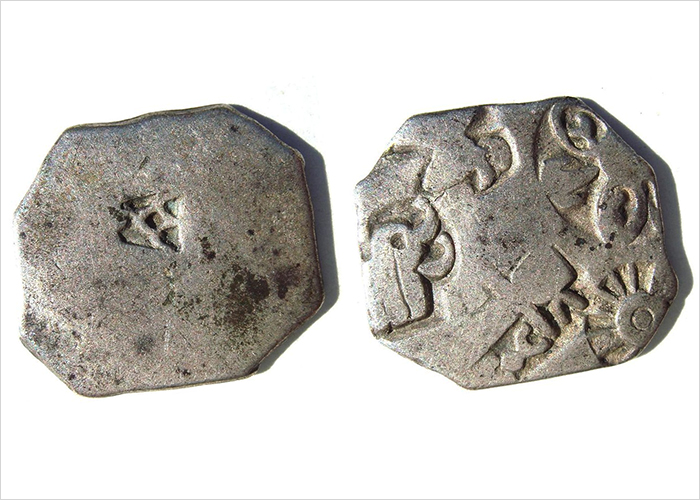
Scholars and archaeologists call India’s earliest known coinage as the punch-marked coins. These coins or tokens, as other historians would like to call them, do not have definite shapes but are mostly made from silver.
Designs of Indian punch-marked coins have nature themes and geometrical shapes that are made by poking a sharp tool. Unlike the ancient Roman coins that are hammered.
In 7th century BC, the ancient Indian kingdoms adapt the use of punched coins from foreigners who traded in the subcontinent. The use of the punch-marked coinage extends until 2nd century BC during the Mauryan Empire. These coins reflect the impressive Mauryan art.
The Kalinga Japanada, one of the rare coins of India, is a punchmarked coin often times bearing the symbol of a swastika or a bull.
Indian dynastic coins
In 180 BC, the Greeks migrate to the northern parts of the Indian subcontinent. This signals the start of the Indo-Greek dynasties and Greek influences begin to infiltrate into Indian culture and religious practices. Coins from this period bear both Hellenistic and Indian symbols. Each Greaco-Indian dynasty or empire has its own coinage.
Kushan Empire coins
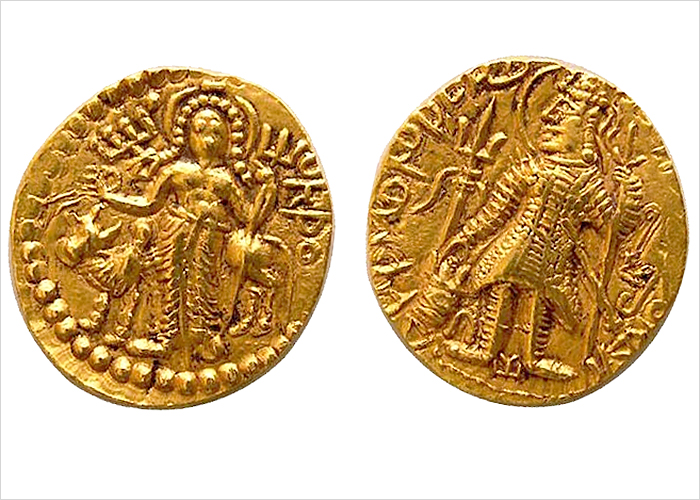
Left: Image of Shiva (or Siva), one of the most important gods in the Hindu pantheon.
Right: King standing while holding a trident
The Kushan dynasty up north is known for minting one of the finest gold coins of India. Most issues of the Kushanan coinage were made of gold weighing 7.9 grams. There are silver and copper issues, too, in the later years. The Kushan gold coinage is the archetype for Indian gold coins from the later Gupta period.
Aside from Greek designs, Kushanan coins also echo Mesopotamian mythology and Zoroastrian symbols. Ancient Kushan coins are often adorned with the portraits of Shiva and Buddha.
Satavahana dynasty coins
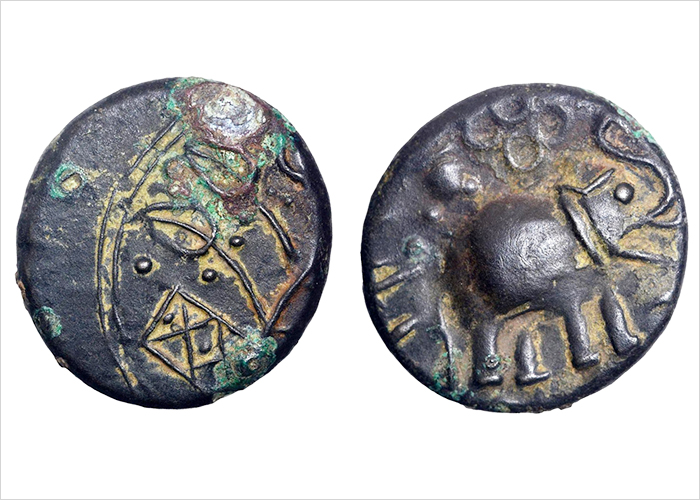
Reverse: Tree in railing with broad leaves
Around 230 BC, the Satavahanas or the Andhras settled in Southern and Central India. In the history of Indian coinage, Satavahana coins are the first to feature portraits of kings. Coins from the Satavahana Empire also feature animals set against the backdrop of hills or trees.
The Satavahana coinage is mostly composed of lead and copper coins though there are notable silver issues. Silver Andrhas coins are the ones bearing the faces of their rulers. These coins are struck from the silver issues of the neighboring Kshaptra kingdom.
Western Kshatrapa ancient coins
The Kshaptras rules Western India from the 1st to 4th centuries AD. Ancient Indian coins minted from the Western Kshaptras have Hellenestic influences as well as Brahmi symbols. Scholars believe that the Western Kshaptra coinage is among the earliest coins that carry mint dates.
Ancient Gupta coins
Patterned after the Kushan coinage, the Gupta coins are embellished with portraits of their ruler on the obverse and the symbol of their gods on the reverse. The Gupta Empire are also known for its gold coins.
The Gupta coinage starts from the 4th century AD and ends two centuries after. The succeeding periods, known as the Post-Gupta empires, have minted fewer gold coins.
The post Gupta coinage is mostly adorned with images of bulls and of horsemen, as these are the symbols of the ruling Rajput clans. These coins are minted until the 12th century AD.
Other old coins from India
It is not unlikely to find coins from other countries in India. Long time ago, when merchants and nomads traversed the Silk Road, ancient India was one of the destinations or an inevitable stopover on the way to the Orients.
Silver Greek coins as well as Byzantine coin hoards have been unearthed in India. Roman and Chinese coins are also found in South India. These coins are evidences of old India’s maritime trading with the Romans and the Chinese.
Foreign coins circulated in the Indian kingdoms are slightly modified by piercing or slashing. This is to indicate that these foreign coins are just used in commerce and that the kingdom is not under the country from where the coin came from.





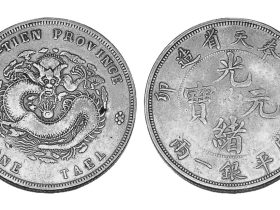
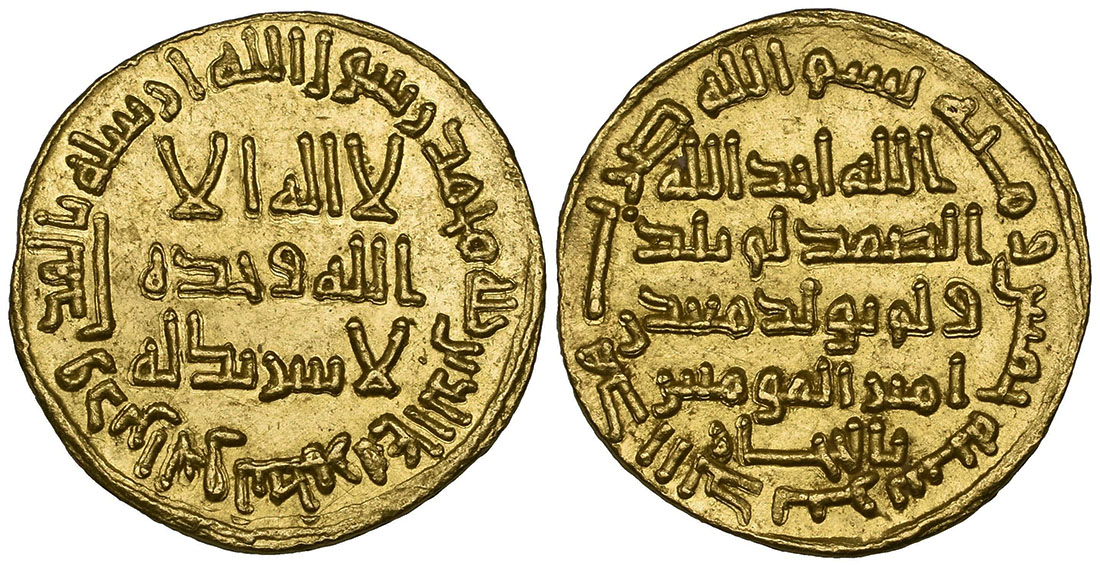

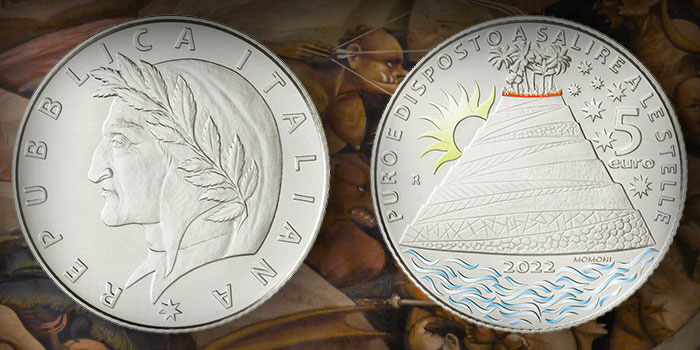

Leave a Reply